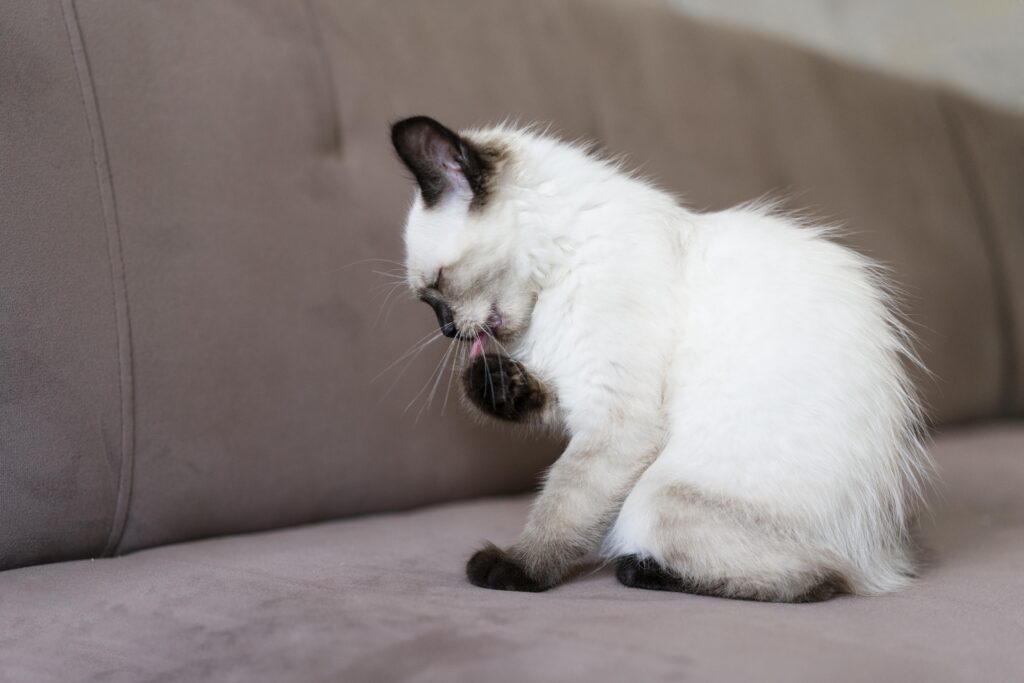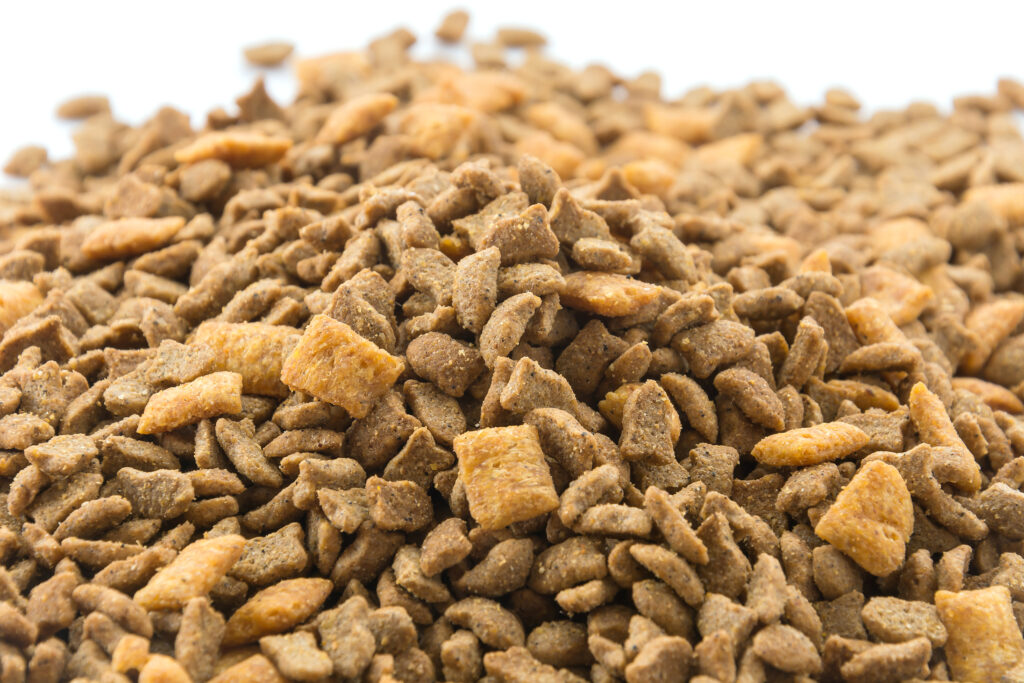
If you’re a cat parent who wants to provide your furry friend with a healthier meal, homemade cat food with gravy may be the way to go. Much of the commercial cat food is usually full of preservatives, artificial flavors, and low-quality fillers that may not be what is best for your pet’s nutrition. In most cases, making cat food at home (especially with gravy) will allow you to control all the ingredients of the food, giving your cat fresh, high-quality meals.
And you can ensure measurements towards appropriate moisture levels while knowing that your meals can meet the health needs and desires of your cat. Kitties naturally love the texture and flavor of gravy, and that may help you encourage your fussy eaters to finish their food. In this guide, we will walk you through the steps needed to prepare homemade cat food with gravy that is safe, balanced, and delicious, that your cat will enjoy—made with love in your own kitchen.
Table of Contents
- Why Choose Homemade Gravy Cat Food?
- Ingredients You’ll Need
- Instructions (Let’s Do This)
- Can I Just Pour Gravy Over My Cat’s Food?
- Can I Feed My Cat ONLY Gravy?
- Is Gravy Cat Food Actually Healthy?
- Ingredients You Should NEVER Use in Cat Gravy
- Storing Your Homemade Cat Gravy
- Conclusion
- Medical Disclaimer
- About the Author
- Reviewed and Verified
Why Choose Homemade Gravy Cat Food?
Cats are obligate carnivores. That means their bodies need animal protein—real meat—not carbs or fillers. In the wild, they’d eat fresh prey, which also provides them with water.
In our homes, we often feed them dry kibble, which is like cereal without milk—not ideal.
That’s where gravy-based cat food helps. It offers:
- Moisture (supports kidney & bladder health)
- Protein (from real meat)
- Flavor (because cats deserve gourmet!)
Ingredients You’ll Need
- ½ lb boneless chicken thighs (or turkey, fish, or rabbit—your cat’s favorite)
- 2 cups water
- 2 cups low-sodium broth (chicken or fish—no onion, garlic, or salt)
- 1 tbsp chopped carrots (optional, for texture and nutrients)
- ½ tsp plain gelatin (for thickening the gravy)
- A pinch of taurine powder (essential for heart and eye health)
- ½ tsp fish oil or salmon oil (rich in Omega-3 for fur & brain health)
Instructions (Let’s Do This)
- Chop meat into small pieces.
- Boil meat in 2 cups of water for about 15–20 minutes until cooked.
- Add broth and carrots. Let it simmer on low for another 15 minutes.
- Stir in gelatin to thicken.
- Allow it to cool slightly, then add taurine and fish oil. (Never add these while hot).
- Let it reach room temperature and serve.
Pro tip: For picky cats, blend the mixture to a smooth gravy consistency.
Can I Just Pour Gravy Over My Cat’s Food?
Yes! Adding homemade gravy over kibble or plain meat can enhance both flavor and hydration.
🚫 Avoid human gravies. Ingredients like onions, garlic, and salt are toxic to cats.
Can I Feed My Cat ONLY Gravy?
No. Gravy is a supplement, not a complete meal. It should complement your cat’s diet—not replace protein sources.
Is Gravy Cat Food Actually Healthy?
Absolutely—if made properly.
✅ Moist and hydrating
✅ Delicious (they’ll lick the bowl)
✅ Packed with nutrients (if you use real meat + supplements)
✅ Easy to digest—especially for older or sick kitties
Ingredients You Should NEVER Use in Cat Gravy
Avoid these dangerous ingredients:
🚫 Onion
🚫 Garlic
🚫 Salt
🚫 Dairy or butter
🚫 Spices (chili, pepper, etc.)
🚫 Sugar or sweeteners
🚫 Wheat flour
Stick with meat, broth, and vet-approved supplements.
Storing Your Homemade Cat Gravy
- Fridge: Store in airtight containers for up to 3 days.
- Freezer: Freeze in ice cube trays. Thaw a cube when needed.
Serve warm, not hot.
Conclusion
Making homemade gravy for your cat is a wonderful way to show love and boost your cat’s health. Just remember: gravy is a topper, not a standalone meal.
Use clean ingredients, follow the recipe, and always consult your vet if switching to a fully homemade diet.
And the joy in your cat’s eyes after a tasty, healthy meal? Pure gold.
✅ Call to Action
Want more healthy recipes for yourHomemade food can be healthier for cats if properly balanced, using vet-approved recipes. It avoids fillers and preservatives found in some commercial cat foods.
Sue to Cat Food Mate for weekly tips, recipes, a
About the Author
Rehana Munir is a passionate cat nutrition blogger and founder of Cat Food Mate. She writes science-based guides to help cat parents provide healthier meals at home. Her mission? Happier, healthier cats—naturally.
Reviewed and Verified
This article includes the latest research and expert-backed advice. If you have questions, reach out via the.cowebsite.catfoodmate.com
